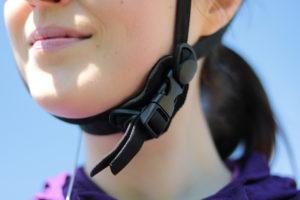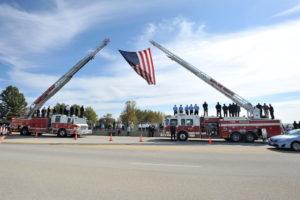
Maintaining a safe following distance is one of the easiest ways to avoid accidents. According to the Washington Post, there are more than 1.7 million rear-end crashes every year, and a significant portion of these happen due to drivers following too closely.
Although the importance of keeping a safe following distance is common knowledge, many drivers do not know how to adjust this distance to road conditions. Inclement weather, speed, the type of vehicle you drive, the time of day, traffic density and other factors should affect your following distance.
If you were injured in a rear-end collision that another driver caused, contact Morris Bart & Associates, LLC. A Mobile car accident attorney can evaluate your crash, gather evidence, talk to witnesses and handle settlement negotiations.
Until then, read on to learn how to maintain a safe following distance:
What Is a Safe Following Distance?
If you are driving during daylight hours in good weather, on a dry road and with a low traffic volume, then you should follow the three-second rule, according to Travelers.com. Identify an object on the side of the road ahead of you. When the leading vehicle passes that object, start counting. If you reach the object in less than three seconds, extend your following distance.
In poor weather, such as rain, snow or fog, double your following distance to six seconds. The same rule applies to driving in heavy traffic or at night. If the weather is particularly hazardous, then triple your following distance to nine seconds.
If you are driving a vehicle that is particularly heavy, such as a commercial truck, then you should extend your following distance to allow more time to brake. The appropriate following distance will depend on the weight of your vehicle and the speed you are travelling.
For a free legal consultation, call 800-537-8185
Collision Avoidance Systems Can Prevent Rear-End Accidents
As the Washington Post explains, collision avoidance systems could prevent 80 percent of injuries and deaths from rear-end collisions. This is particularly true for vehicles that can brake automatically. Despite this fact, the technology is not standard equipment in many vehicles.
The Washington Post referenced a study by the National Highway Traffic Safety Administration, which showed that 87 percent of rear-end accidents happen because drivers are not paying attention. A significant number of these wrecks involve distractions such as cell phones.
In addition to maintaining a safe following distance, you may be able to prevent a rear-end collision by avoiding distractions. Never use a cell phone behind the wheel, and avoid drinking, eating, fatigued driving and the impulse to glance at distractions outside of the vehicle.
If you were injured due to another driver’s negligence, contact a Mobile car accident lawyer from Morris Bart & Associates, LLC. We will help you navigate the claims process and aggressively fight for the highest possible payout. Call 800-537-8185 to schedule a consultation.
Questions?Call 800-537-8185
to find a Morris Bart office near you.





